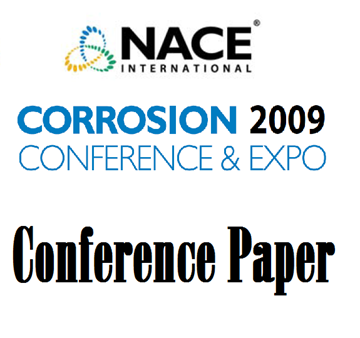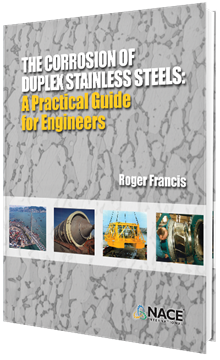Products tagged with 'super duplex stainless steel'
09194 Evaluation of Crevice Corrosion Resistance of Duplex and Super Duplex Stainless Steels for Seawater Pumps
Effect of Oxygen in Back Purging Gas on Corrosion Resistance of Super Duplex Welded Joints
Failure Cases Of Super Duplex Stainless Steel Pump Components
H2S, CO2 and High Chloride Downhole Environment Modelling and Fitness for Purpose Testing of UNS S39274, UNS N08535 and UNS N06255 Corrosion Resistant Alloys
Influence Of Thermomechanical Processing On Mechanical Properties And Corrosion Resistance Of Super Duplex Stainless Steel UNS S32750.
The Corrosion of Duplex Stainless Steels: A Practical Guide for Engineers
This is a print-on-demand (POD) book that will be produced just for you in 2-5 days after your order. It should arrive at your door in about one to two weeks. However, due to supply chain and logistic challenges currently affecting the industry, it may take longer. Allow three weeks for international orders.
In The Corrosion of Duplex Stainless Steels, author Roger Francis reviews various duplex alloy compositions, mechanical properties, and design stresses for vessels and pipes to various codes. He also covers the basics of welding duplex alloys, both to themselves and to other alloys, and their corrosion resistance.
Of most importance, the book looks at a variety of types of corrosion that may affect DSSs in service, presenting the available data and, in some cases, how to avoid problems.
2018 NACE, 256 pages, 8 x 10" trim size, color, perfect bound.

Download the free white paper summary of this title to see specific areas of focus and discussion






